From November 1st to 4th 2018, students from International Master of Engineering Management (IMEM) program of Tsinghua University made study visits to Qufu, Pingyi in Shandong province, and Xuzhou in Jiangsu province. The study visit is led by Professor Zhang Wei, as a part of “China Studies: Industry, Society and Culture” course, with the aim of helping us to gain a more in-depth understanding of different facets of China.
Day 1
We arrived at Qufu by High-speed Railway from Beijing. In the afternoon, we visited the Temple of Confucius and Duke Yansheng Mansion.
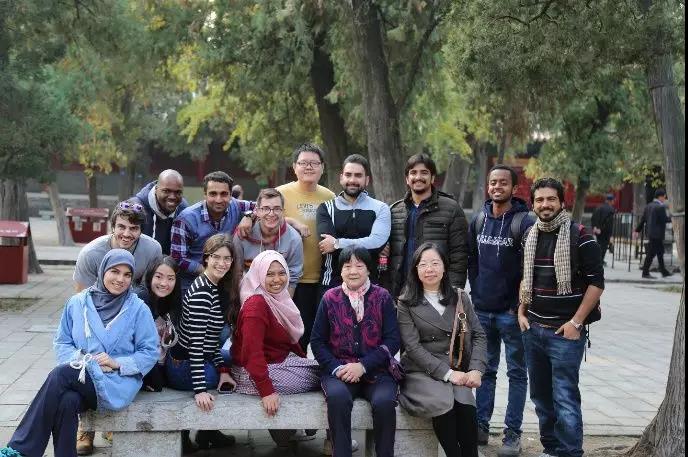
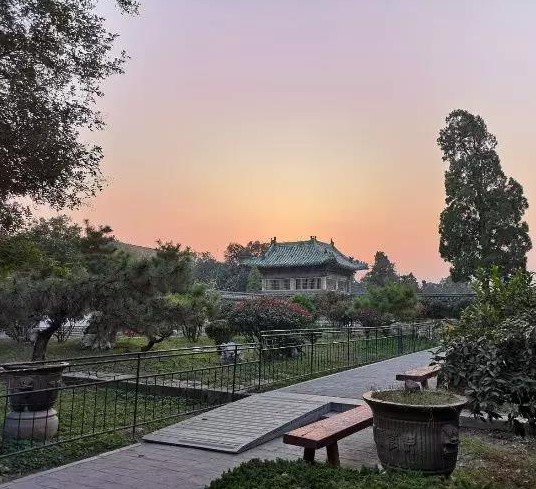
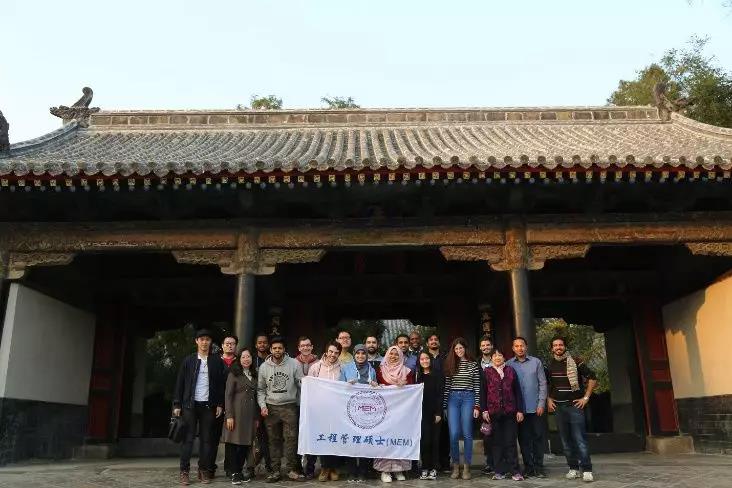
(Visiting Confucius Temple and Duke Yansheng Mansion)
Day 2
Xuzhou in Jiangsu province, featured by its solid foundation of heavy industry, was our next stop. It’s a city with over 2600 years of history and a population of 8.57 million today, historically known as Peng City. The group visited China University of Mining & Technology (CUMT), a prominent mining engineering school in the world. It started as Jiaozuo School of Railroad and Mines in 1909 and incorporated the Mining Department of Tsinghua University in 1952. The Master of Engineering Management (MEM) Program of CUMT relies on the Engineering Management Institute of the School of Mechanics and Civil Engineering. In the past 8 years, the program has enrolled for 91 students who are specialized in mining engineering management. With the knowledge and practice they gained in the program, the graduates are well received by employers. During this visit, Ni Guodong, Associate Professor ,Deputy Director of Engineering Management Institute of CUMT, elaborately introduced the history and culture of Xuzhou, the basic situation of CUMT, the School of Mechanics and Civil Engineering and the education mode of MEM program for Tsinghua IMEM students. The two groups had a heated discussion on how to better cultivate the managerial talents needed for engineering projects under the cross-cultural and cross-industry background. After that, Associate Professor Ni Guodong also led us to visit the beautiful Nanhu Campus of CUMT.
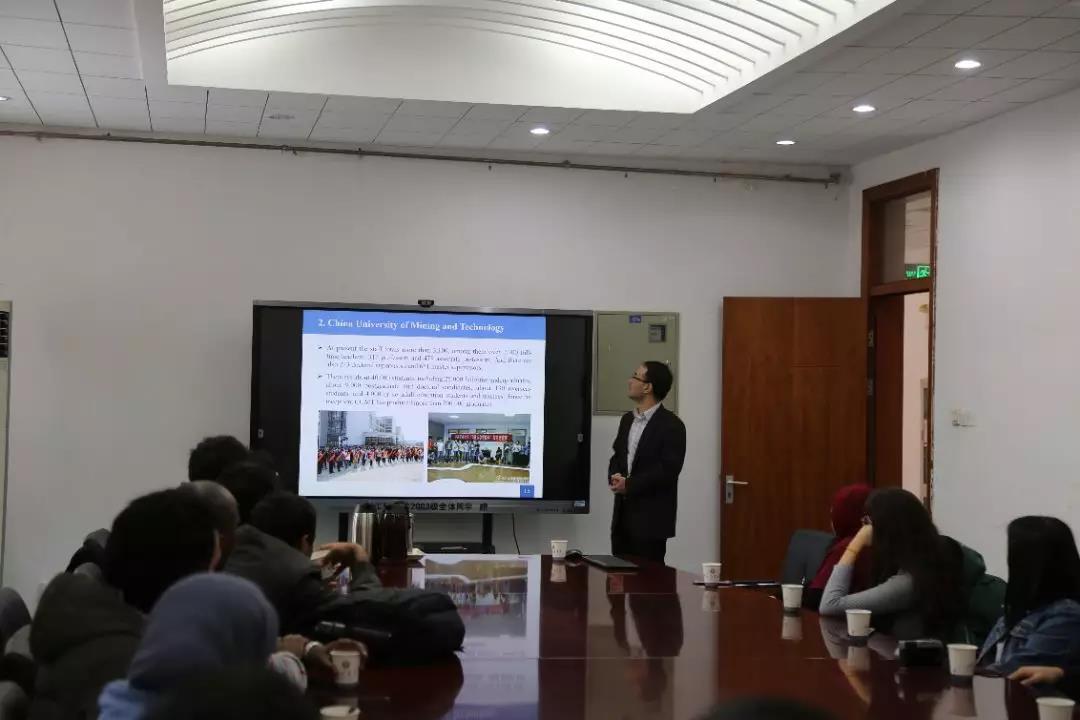
(Professor Ni from CUMT giving an introduction on CUMT and its MEM program)
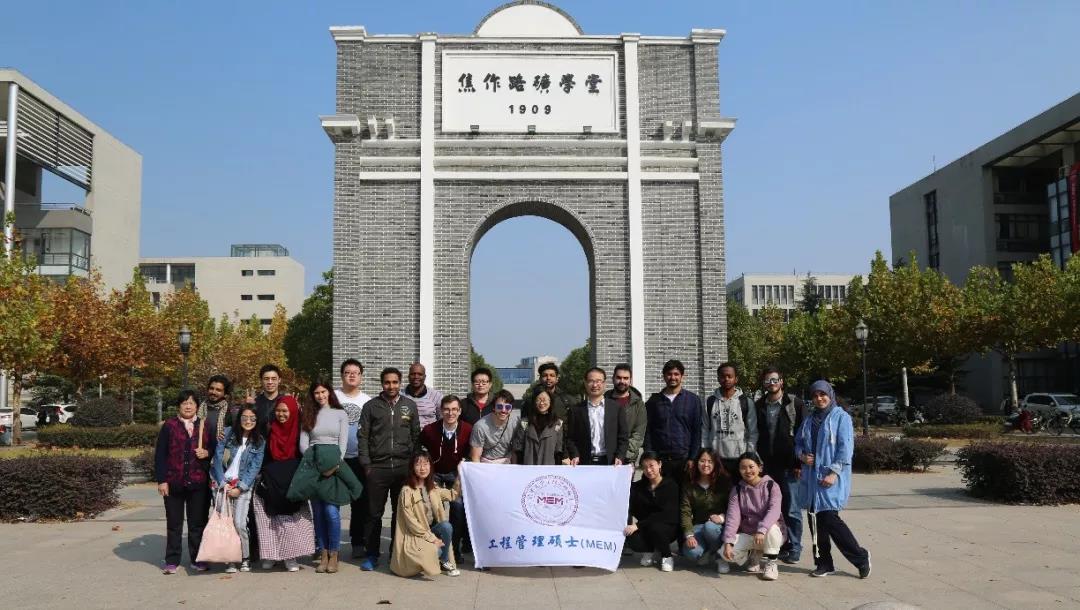
(China University of Mining and Technology)
On the afternoon of November 2nd, under the guidance of Professor Zhang Wei, we visited the Xuzhou Huaihai Campaign Memorial. During the visit, Professor Zhang explained to the students the historical background of Huaihai Campaign, one of the three major campaigns during the civil war between the Kuomintang and the Communist Party of China. Being in an unfavourable situation initially, the Communist Party of China won the campaign depending on the unprecedentedly war mobilization and excellent logistics management. Professor Zhang introduced how the two parties prepared for the Campaign, the basic situation of the participating troops, the process and results of the Campaign and its historical significance, so that the students had a profound understanding.
Xu Zhou is known as the culture center down the ages, also a hotly contested military spot. The Tomb of Chu King and Han Terracotta Warriors witnesses the culture and prosperous of The Han Dynasty.
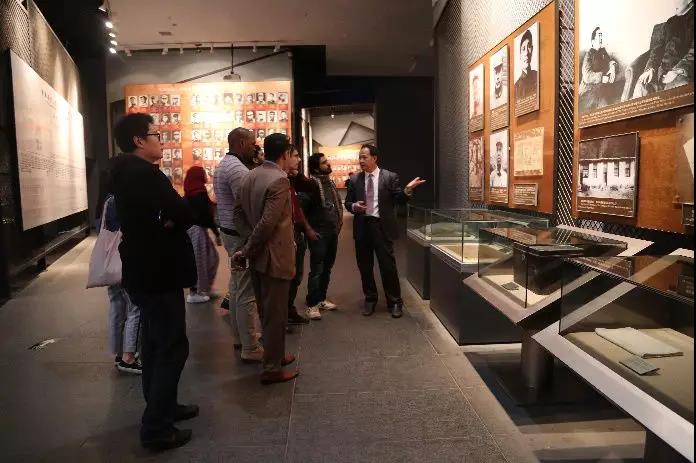
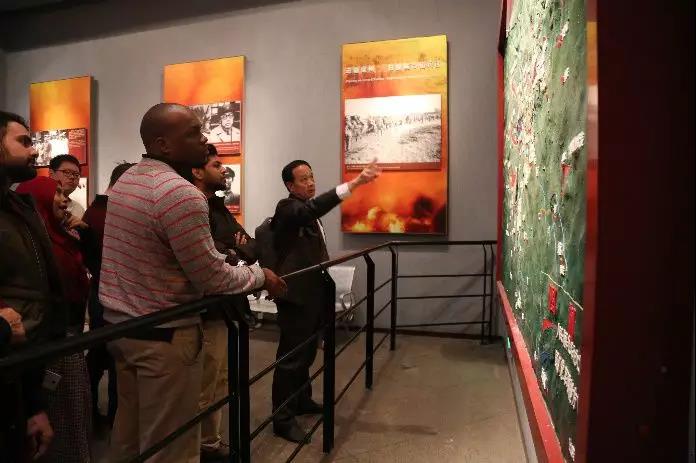
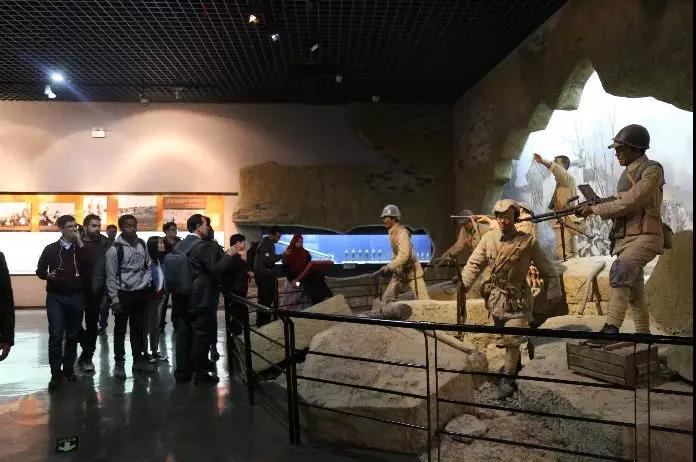
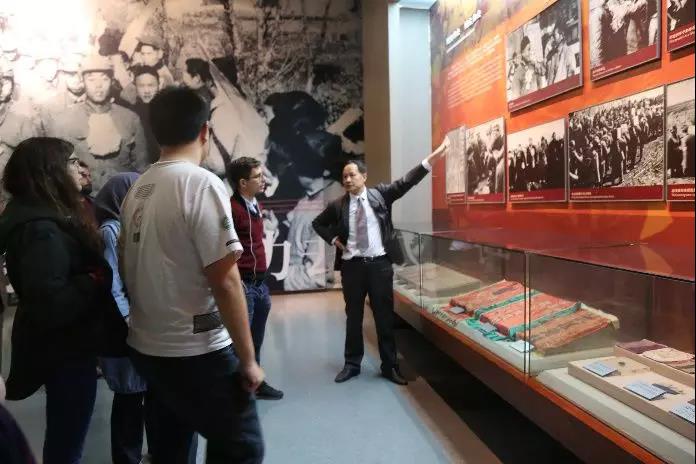
(Xuzhou Huaihai Campaign Memorial)
Day 3
Our day was spent in Pingyi, a county of a million population. We visited a well-known school: No. 1 Middle school of Pingyi. Wang Jifeng, General Secretary of the Party branch and principal of the school, personally received us and gave a detailed introduction to the basic situation and development process of the school. With an unique culture, neat and tranquil environment, the school has over 6000 students across three campuses enjoying diverse activities of student associations. Guided by Principal Wang, we not only went into the classroom, exchanged learning life with teachers and students, but also did running exercises with senior students in the break time. Subsequently, we visited Student’s Activity Room, Folklore Hall and so on, and had a discussion with the outstanding student representatives. We were deeply impressed by their friendliness, optimism for the future, and enthusiasm of life and hope to see each other in Tsinghua soon!
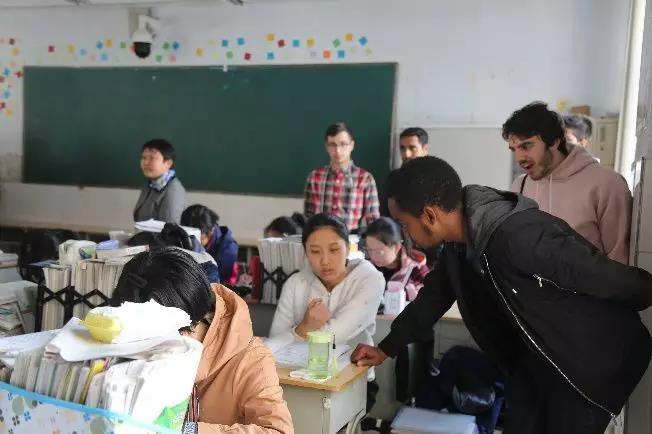
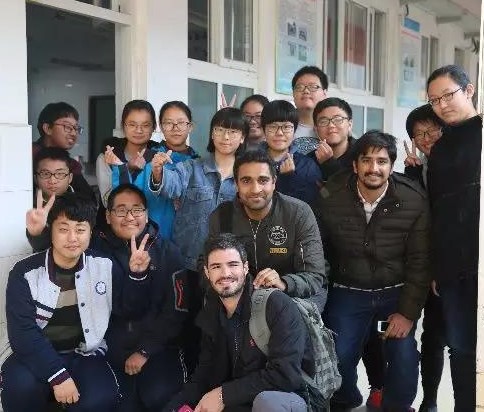
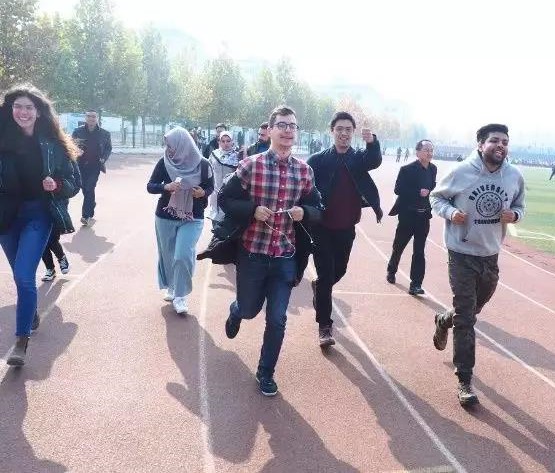
(Visiting No. 1 Middle school of Pingyi and enjoying school activities with young students)
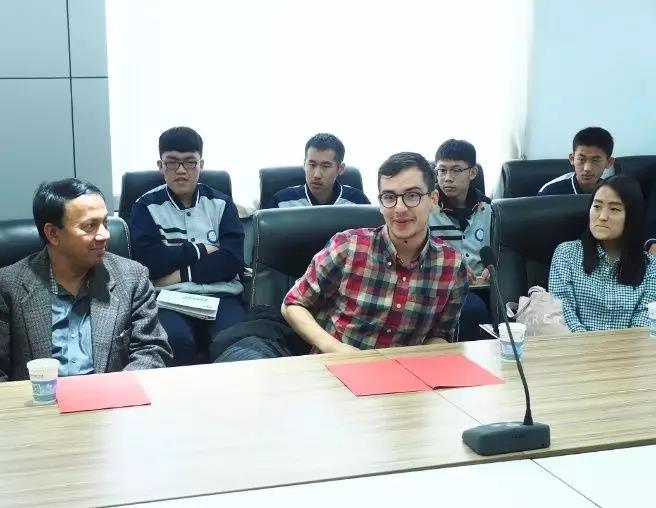
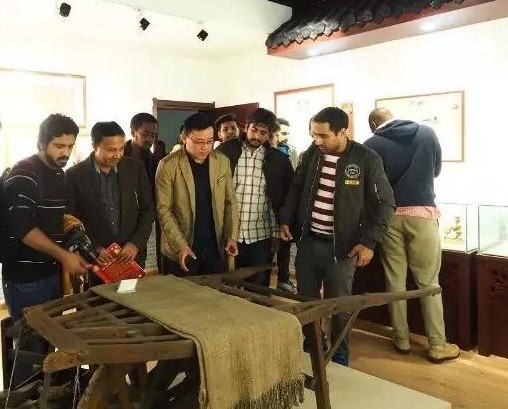
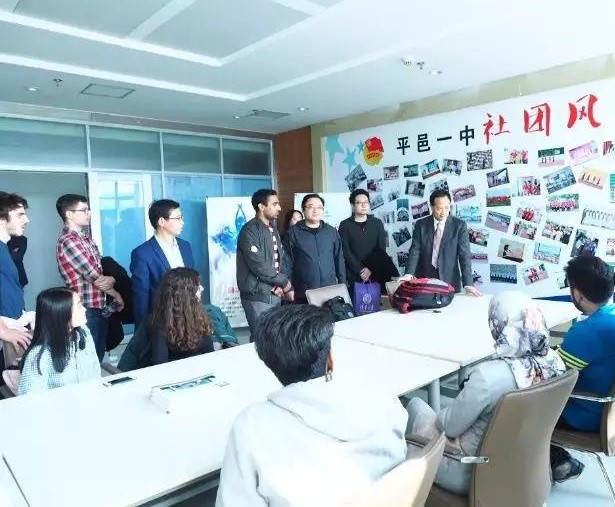
(Visiting the campus and communicating with the school head)
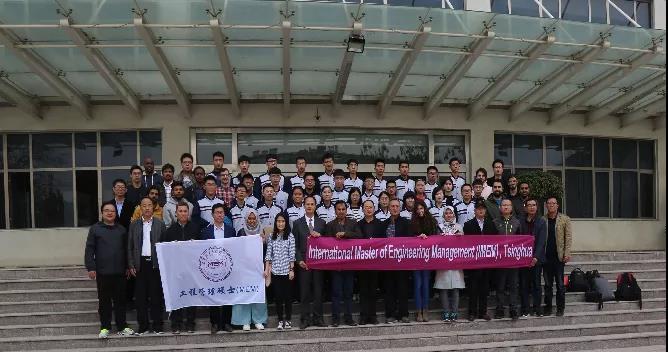
(Group Photo at No. 1 Middle school of Pingyi)
A visit was provided in People’s Hospital of Pingyi County. It is the largest hospital in the county, but it is not the only one. The hospital has over 3000 beds and the same standard equipment of any hospital in developed countries. The visit gave an insight into the development of medical and health service in rural area of recent years in China, especially those achievements gained since 18th CPC National Congress.
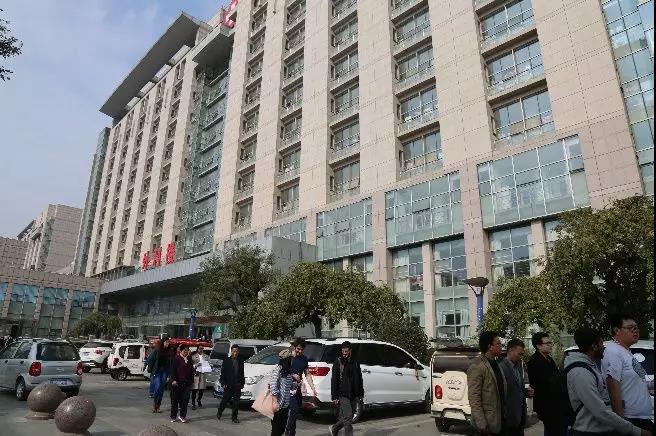
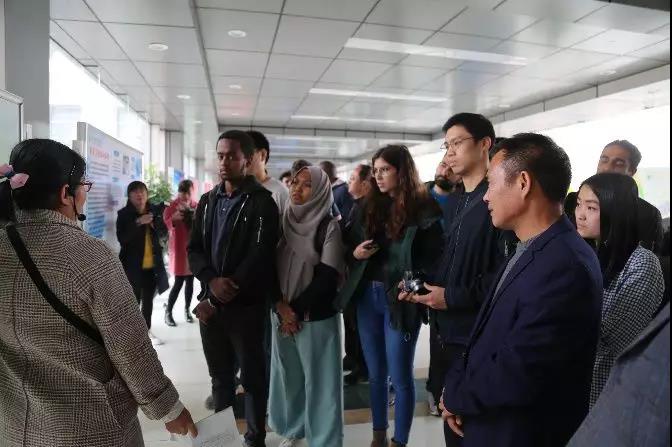
(visiting People’s Hospital of Pingyi County)
The group later visited SHANDONG HUIFENG WOOD-PLASTIC PROFILE CO., LTD (山东汇丰木塑型材股份有限公司 ), a local manufacturer of new-material multipurpose panels. Its products are sold across China and internationally.
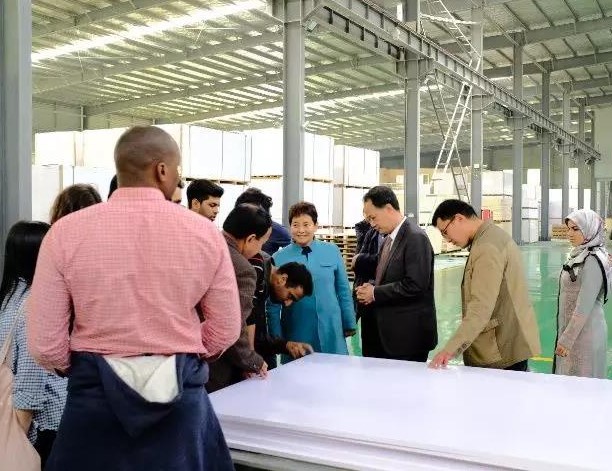
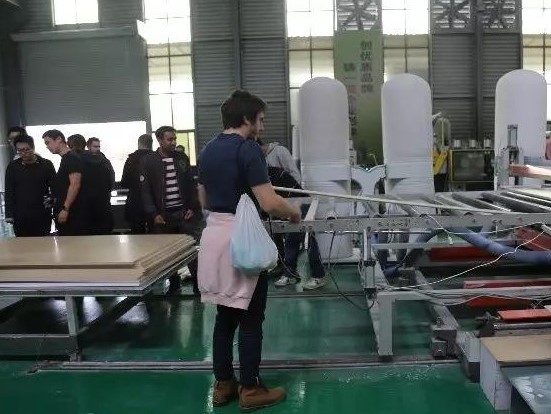
(visiting the processing plant)
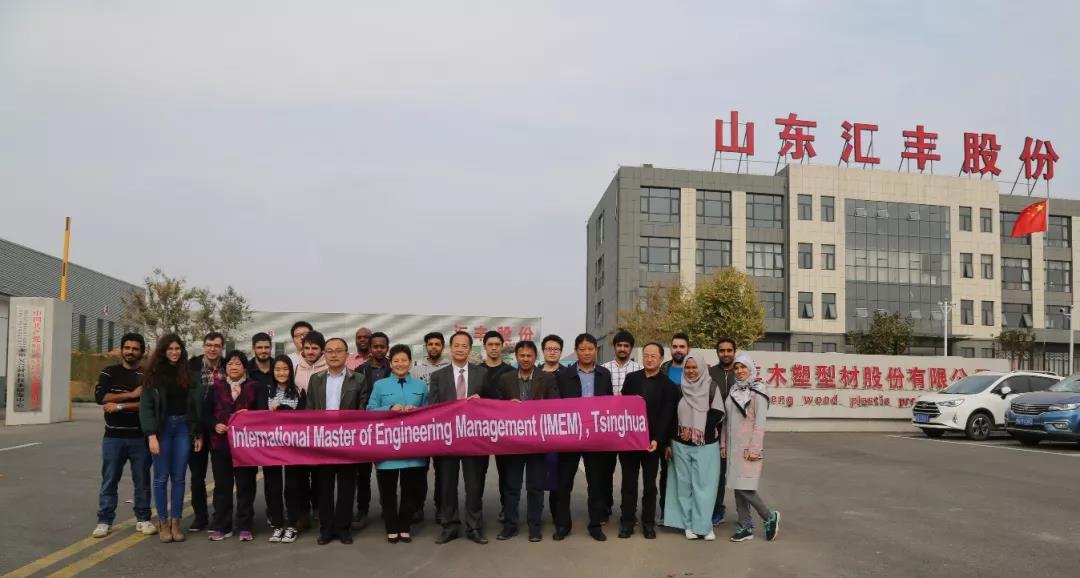
(Group photo at HUIFENG WOOD-PLASTIC PROFILE CO., LTD)
The next stop was ASIA FUJI ELEVATOR (LINYI)CO., LTD 亚洲富士电梯(临沂)有限公司, an elevator company. Only staffed by a few workers, its production facility is highly automated, which increased its production rate by over 100 times. It is one of the many examples of industry upgrade which has been happening across China for the past 40 years.
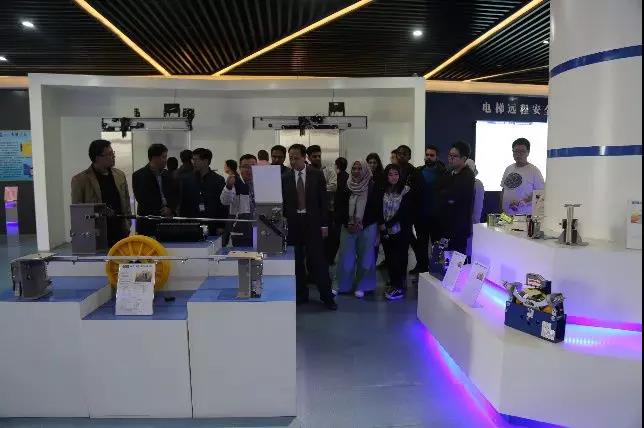
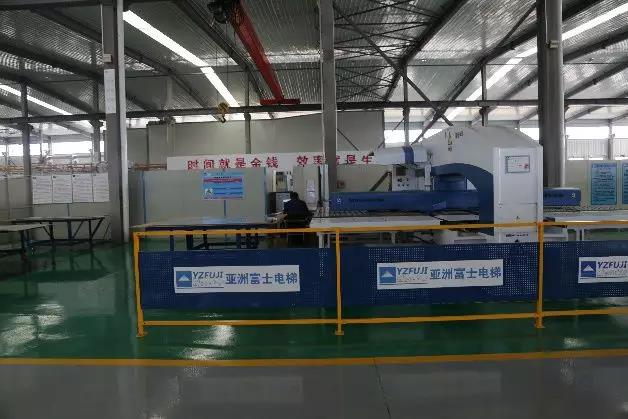
(visiting the processing plant and exhibition hall)
The final stop of our trip is at the New Village of Pingyi County. The new village was started from scratch after China’s reform and opening up. The “old” village (named as “Heishipian” Village) where the population migrated from is only a few kilometers away. It is interesting to see the pattern of rural development and population migration in rural China. The new village was constructed, and people were encouraged to settle in the new village for better access to roads, electricity, communication and other resources. The population of the old village gradually dwindled. However, population at the new village, especially the working age population, have mostly ventured to the cities in order to make a better living. It is a typical phenomenon among villages during the industrialization and urbanization process of China. What remained in the village are people who have participated in historical events, including people who were second-generation CPC members and a 93-year old veteran who fought in the Sino-Japan War (WWII).
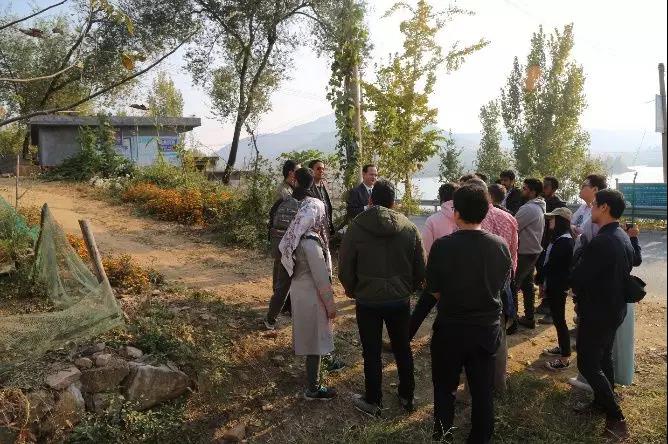
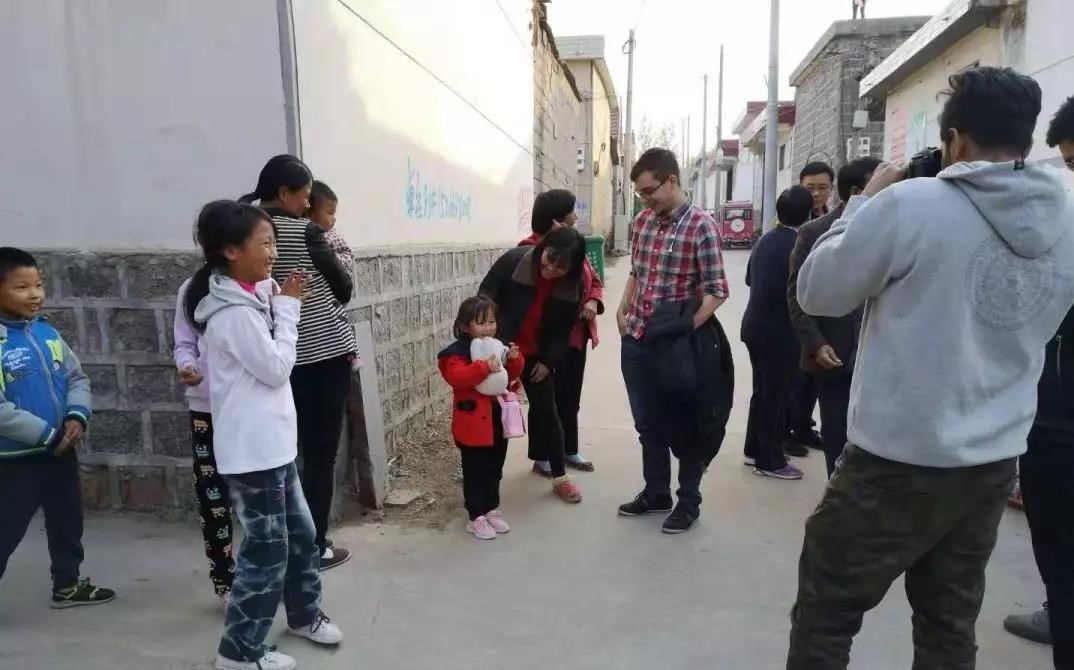
(visiting New Village of Pingyi County)
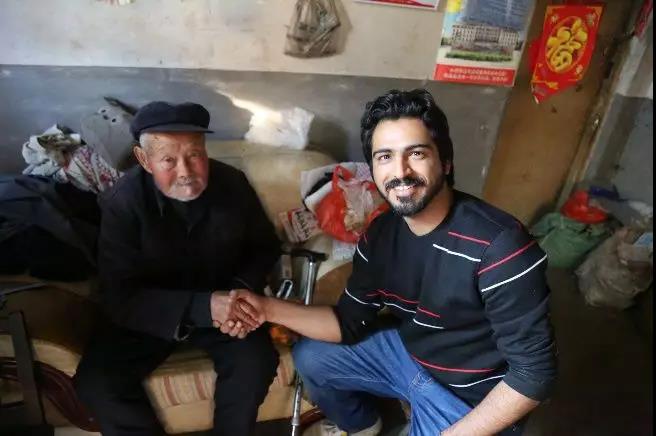
(visiting a 93-year old veteran who fought in the Sino-Japan War (WWII))
The field trip gave us new perspectives on China. Beyond the hustle and bustle of the relatively well-developed tier one cities, there is a greater majority of people living in cities and towns in various stages of development. Each city and county faces challenges pertaining to its circumstances under a constantly growing national economy. But what is changing is not only the economy and industries, but also, to a large extent, culture and society. The greatest change can be observed among generations. In terms of living conditions, there is the elimination of poverty, the improving access to road, electricity, telecommunication, healthcare and education. And more importantly, from dogmatism to pragmaticism, from change averse to welcoming change, and from concern to optimism about the future, there is a transition in the minds. It is not only the former one, but more of the latter one, marks the beginning of future China.
Writer: Alex Bochao, Han(IMEM2017,Canada)
Photograph:KHOSO, ABDUL QADEER(IMEM2018,Pakistan),REYADH, MD REDWAN AHMED(Bangladesh)